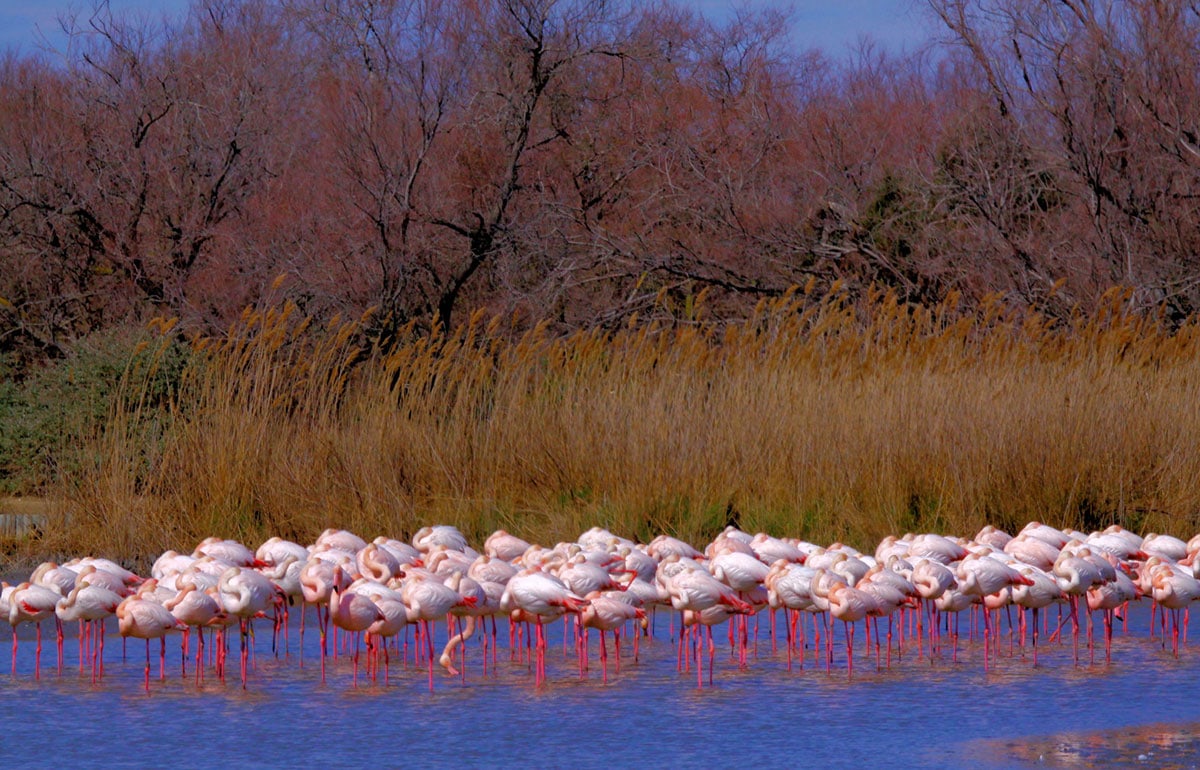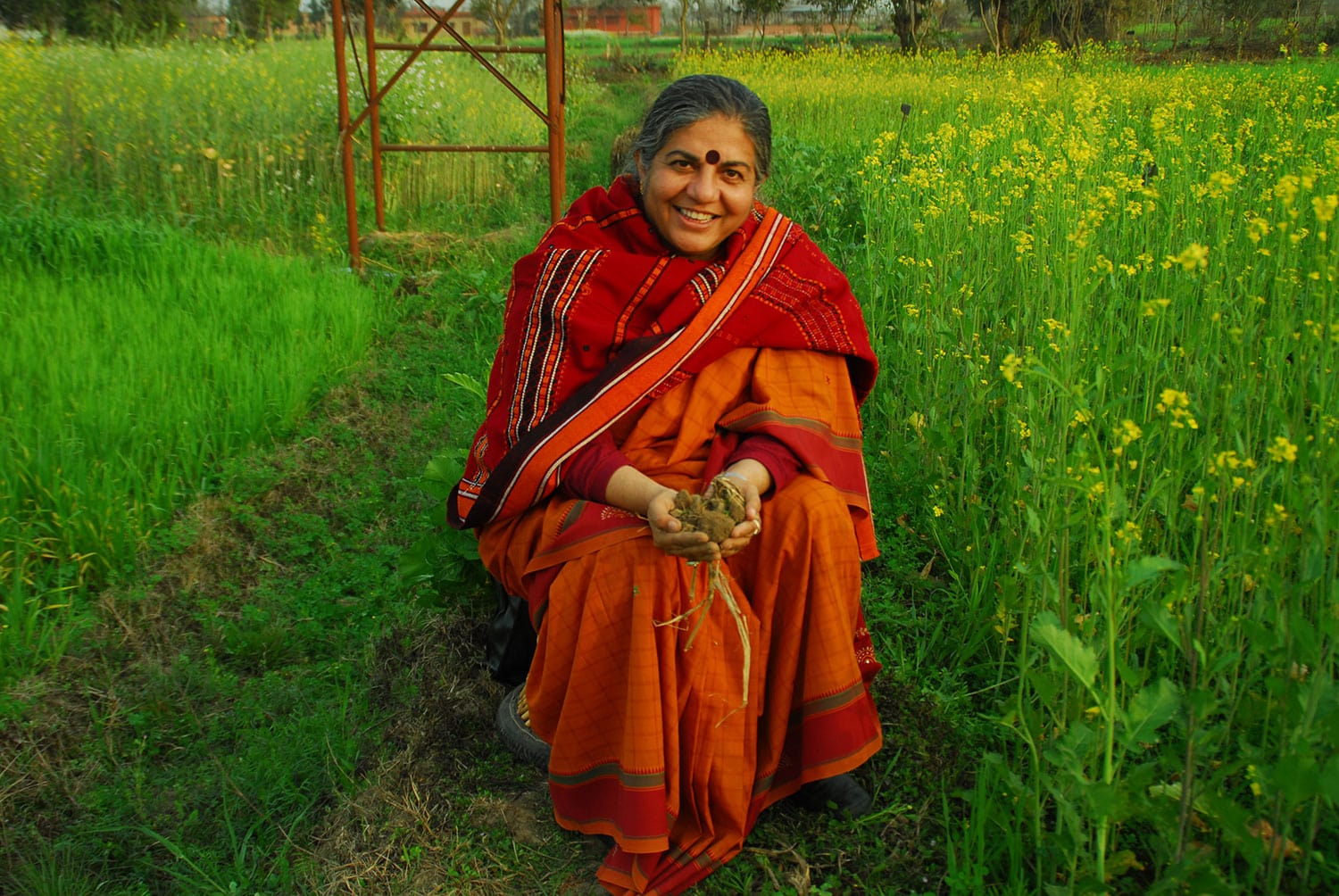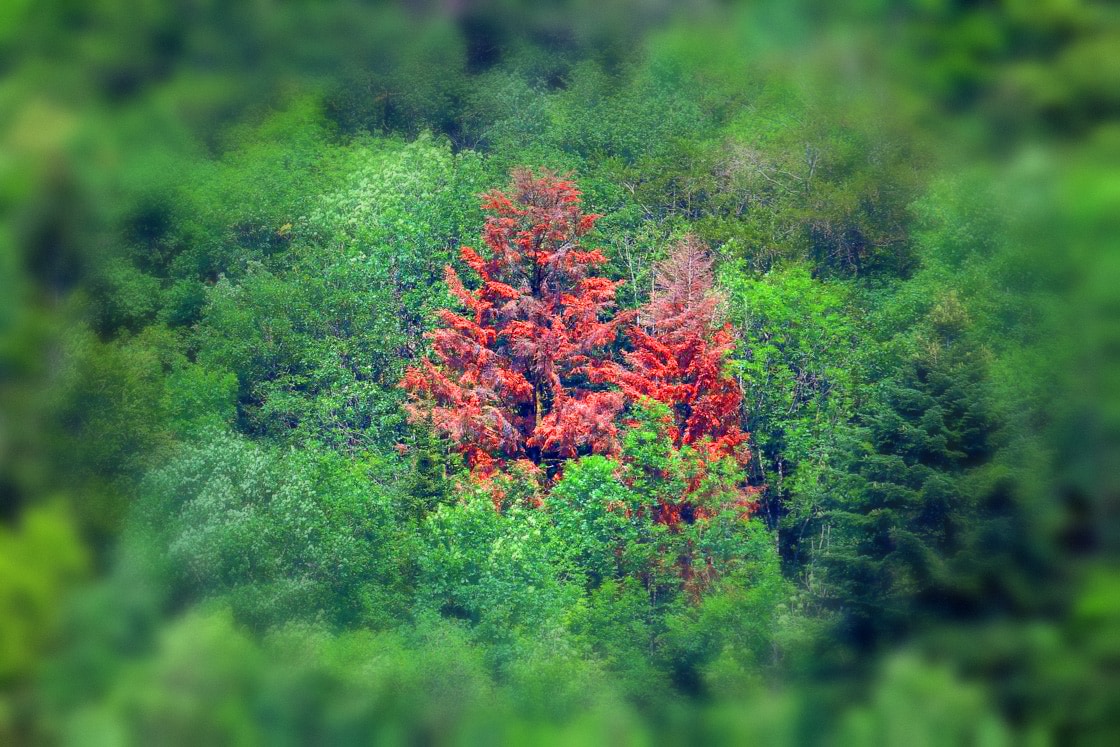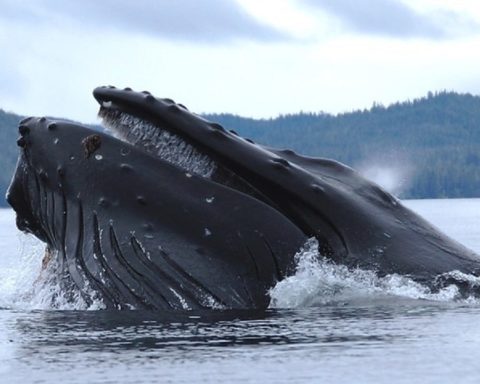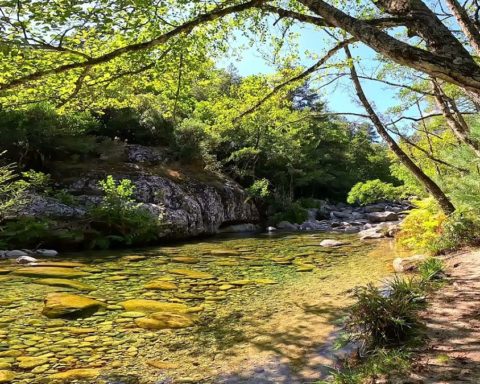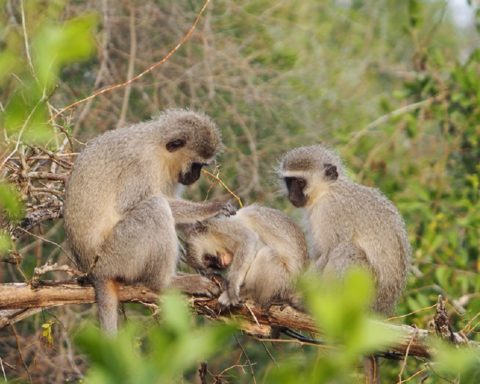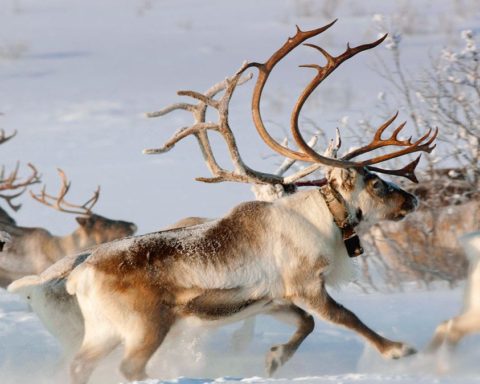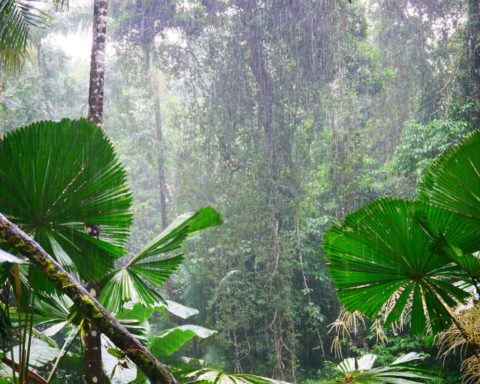Twenty years ago nobody would have bet a chipk on the Camargue's continued existence as an exceptional natural environment. The fragile Camargue paradise known the world over for its bulls, its white horse manades, its pink flamingos, was doomed to disappear. This symbol of a wild and authentic nature was threatened by human activity and the appetites of the builders of tourist nest boxes. Today, the Camargue is being reborn thanks to the implementation of ambitious renaturation programmes and the protection of one of the most fragile ecosystems. This is notably the case of large-scale hydraulic works carried out on the initiative of WWF. With (good) will, the collapse of biodiversity and our natural environment is not inevitable.
Shaped over the centuries by nature and mankind, the Camargue has developed a strong cultural identity and a unique natural heritage. As it draws closer to the sea, a large river such as the Rhône slows down its flow and divides into several arms between which ponds and marshes form naturally. As early as the 17th century, this land was drained to allow agricultural activities and some ponds were transformed into salt marshes. From that time on, animal life, flora and the course of the water gradually changed. Towards the end of the 1960s, the race for productivity won over the activity of the salt marshes and major development work was undertaken: embankments, hydraulic works, electrification etc.). Salt production increased and found outlets throughout the industry, particularly in the chemical industry.
Awareness
A first awareness of the endangerment of this natural heritage emerged in the 1990s. The State, through the Conservatoire du Littoral (Coastal Protection Agency), implemented a policy to protect the site of the Ponds and Marshes of the Salins de Camargue, an extraordinarily rich wetland. More than 11,000 pairs of pink flamingos (almost a third of the European breeding population) frequent the site. The lagoons and the numerous natural habitats of the site (dune belts, muddy marshes, sandy islets, etc.) also attract large colonies of birds. The Elegant Avocet, the Black-headed Gull and the Slender-billed Gull are some of the 287 species of birds that have been inventoried (17 of these species are threatened in France or worldwide). But the site is also remarkable for the diversity of its natural habitats. Among them, the sansouires deserve special attention. These plant communities, dominated by glasswort, are typical of coastal marshes with temporary flooding. Sensitive to changes in water conditions and coastal development, these natural habitats have declined significantly in France and Europe in recent decades.
Fragile wealth
These riches are proving to be extremely fragile and many threats are hanging over them. Global warming is not responsible for all the ills. Human activity is capable of wreaking havoc. When hordes of tourists disembark on the beaches, take the roads winding through dune habitats, when saliculture activity pumps millions of tons of sea water to feed ever more numerous basins by disturbing the freshwater tables, the great balances are inevitably upset. It was becoming urgent to re-establish a less artificial hydrological functioning and to implement adaptive management to the rise in sea level. At the same time, efforts should be made to reconstitute coastal ecosystems and to improve as far as possible the capacity of this landscape to support diversified waterbird colonies.
Since 2014, the Conservatoire du littoral (1), the Camargue Regional Nature Park (2), the Tour du Valat (3) and the National Society for the Protection of Nature (4), with WWF France supported financially for this project by the Coca-Cola Foundation, are working to restore this 6,500-hectare site. The work mainly consisted of connecting part of the former saltworks to an irrigation canal, in order to maintain water levels favourable to the reproduction of colonial birds. A bridge was also built, " with large openings to encourage the passage of elvers - small eels whose species is endangered - to the sea, where they reproduce "Pascal Grondin, project manager at WWF, told AFP.
The passage to the sea also allows for the protection of nesting sites, by creating islets where eggs are protected from land predators," he said. therefore very favourable to reproduction ». Another benefit of the work: the fresh water will bring back sediment, which should strengthen the site. « A whole balance will be restored and the site will be less fragile in the face of the consequences of global warming. ", explains Mr. Grondin.
Why not enjoy unlimited reading of UP'? Subscribe from €1.90 per week.
Concrete results
Numerous hydraulic analyses and environmental studies on fish, birds and vegetation have made it possible to monitor the impacts of the measures taken. The billions of litres of fresh water brought in have sheltered bird colonies from terrestrial predators and contributed to a gradual decrease in salinity levels, leading to an overall evolution of the ecosystem.
There has also been significant recolonisation by the vegetation that makes up the landscapes of the sansouires. Soils have recovered favourable conditions for the resettlement of annual and perennial glasswort vegetation, which are habitats of Community interest in Europe. The current management of the site therefore offers an exceptional opportunity to recover these habitats.
The data collected in these studies confirm the functional importance of the site for aquatic species. The site provides a vast territory for typical lagoon species that carry out their entire life cycle in a brackish environment, such as atherines, gobies and white shrimp. For some species that reproduce at sea, such as sole, pork mullet or sea bream, the lagoons provide essential habitats for the growth of fry and thus play a crucial role in maintaining fish stocks at sea.
In addition, many species of marine fish in the adult stage enter the nearest ponds opportunistically to feed: wolffish, sea bream, common sole, brill, goby paganel or blennie pilicorne. Finally, the site offers a new passage route for large migratory species such as eels, whether it is to reach milder environments during the upstream migration (elver stage) or the sea breeding area during the downstream migration (silver eel stage).
Finally, the photographic campaigns confirm the evolution of the landscapes, observed by environmental monitoring. In addition to the increase in the area of sansouires, these campaigns show the development of reedbeds favoured by fresh water and tamarisk cordons in various sectors.
Efforts pay off
For Isabelle Autissier, President of WWF, "the efforts are paying off": " For five years in the Camargue, we have been working hand in hand with partners in the field to protect and restore this site with its unique natural heritage. Today, the efforts are paying off: the flourishing of fish, bird and plant species and the return of several billion litres of fresh water show that nature takes back its rights when given the opportunity. "
At a troubled time when scientists are sounding one warning after another about the state of the planet, the Camargue renaturation project is a good example to be followed to halt the decline in biodiversity and participate in efforts to mitigate climate change.
(1) The Conservatoire du littoral is a public establishment whose mission is to acquire threatened or degraded coastal plots of land to turn them into restored, developed, welcoming sites that respect the natural balance... It protects more than 200,000 ha in France on 750 sites, including 26,000 ha in the Camargue. www.conservatoire-du-littoral.fr
(2) The Camargue Regional Natural Park Camargue Regional Natural Park: Created in 1970, the Camargue Regional Natural Park is a public body whose mission is to carry out a concerted project of sustainable development based on the protection and enhancement of the natural, cultural and human heritage of its territory. It coordinates the management of the Camargue ponds and salt marshes site. www.parc-camargue.fr
To fight against disinformation and to favour analyses that decipher the news, join the circle of UP' subscribers.
(3) The Tour du Valat The Tour du Valat: Created in 1954, the Tour du Valat is a research centre for the conservation of Mediterranean wetlands, recognised as being of public utility. Its diversified mode of action is dedicated to generating and sharing knowledge in order to strengthen the capacities of users, managers and scientists, to foster effective management of these environments and to feed public policies. www.tourduvalat.org
(4) The National Society for the Protection of Nature is a scientific association dedicated to the study and protection of nature, to enable ecosystems and species to express their potential as freely as possible. It is interested in ecosystems, their species and the quality of their interactions with humans and their societies. Founded in 1854, it has been recognised as a public utility since 1855. www.snpn.com

